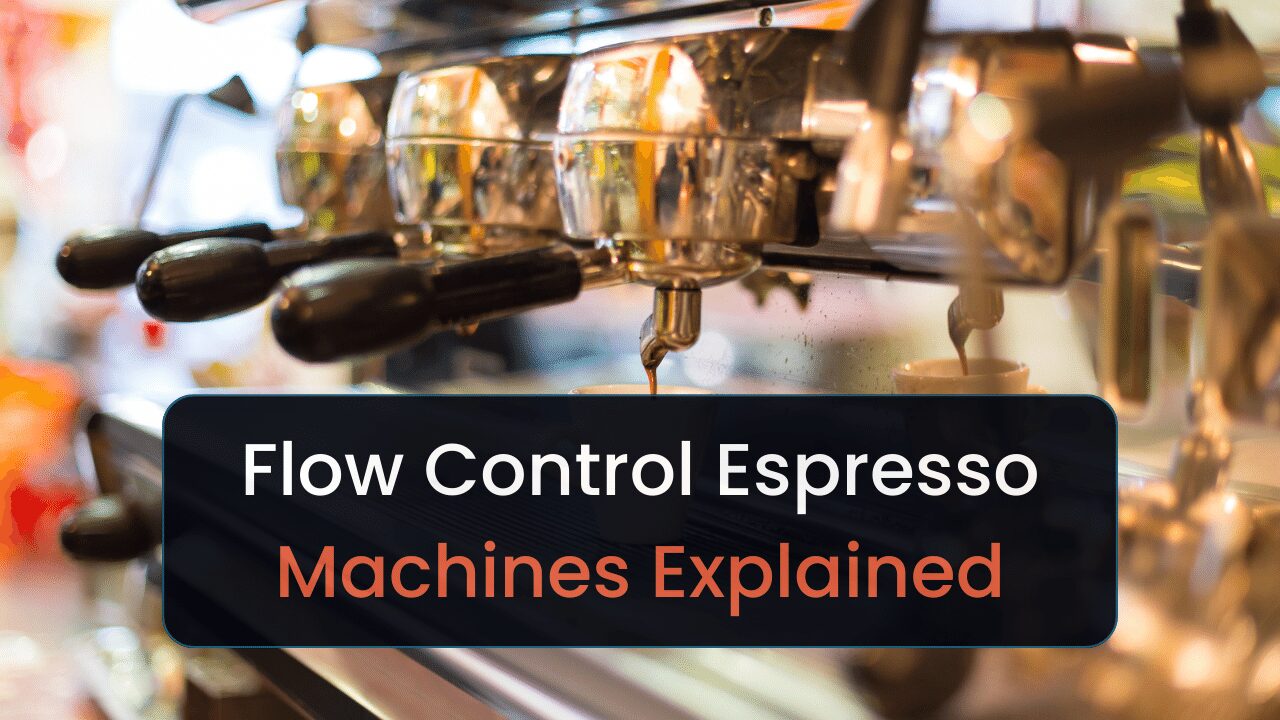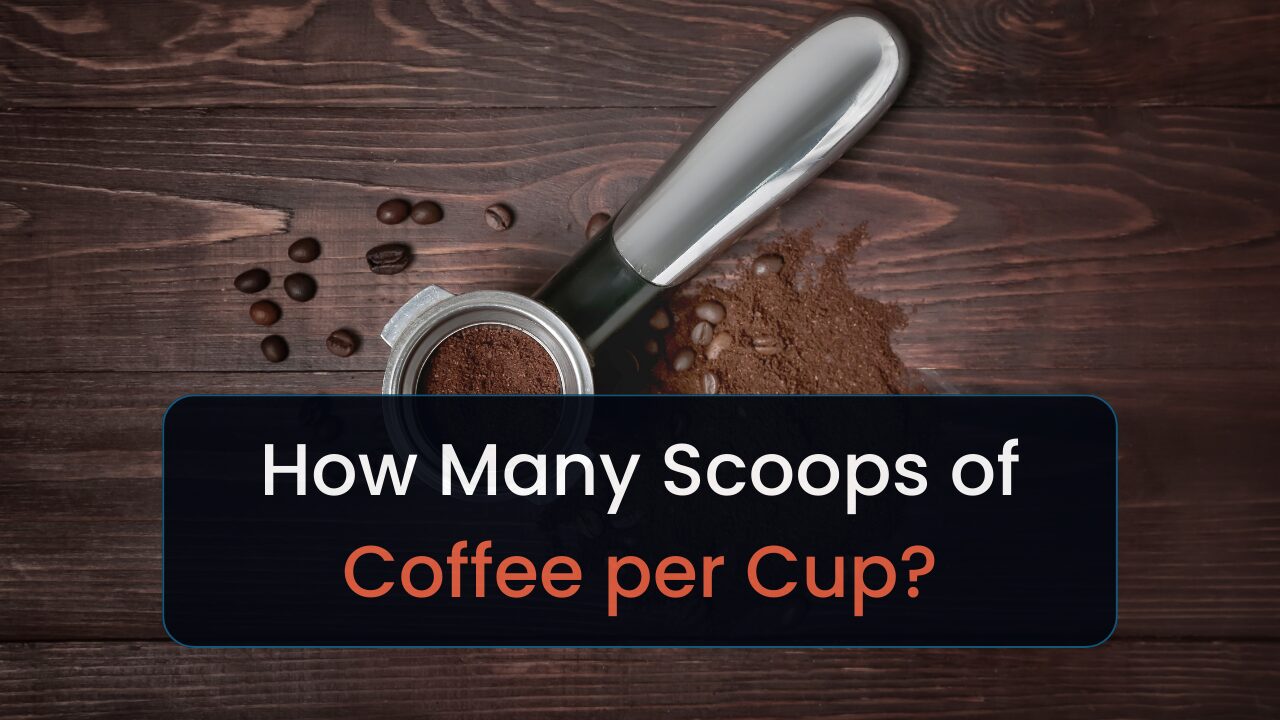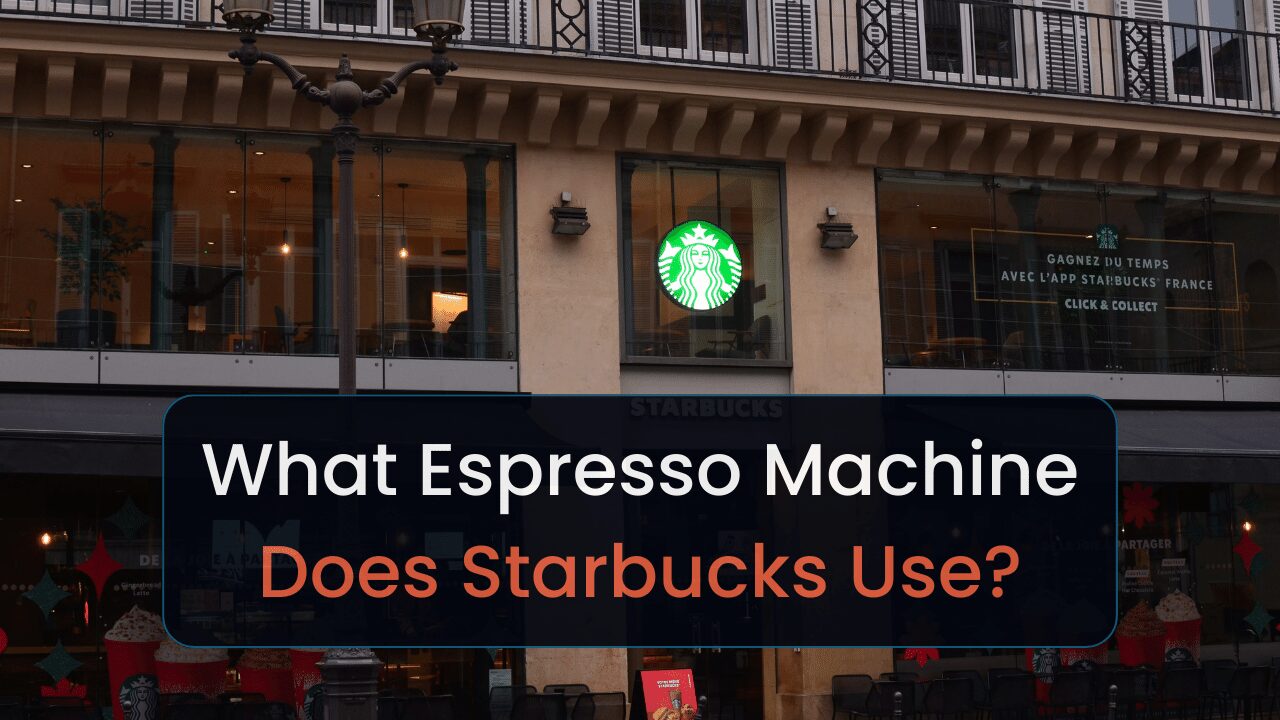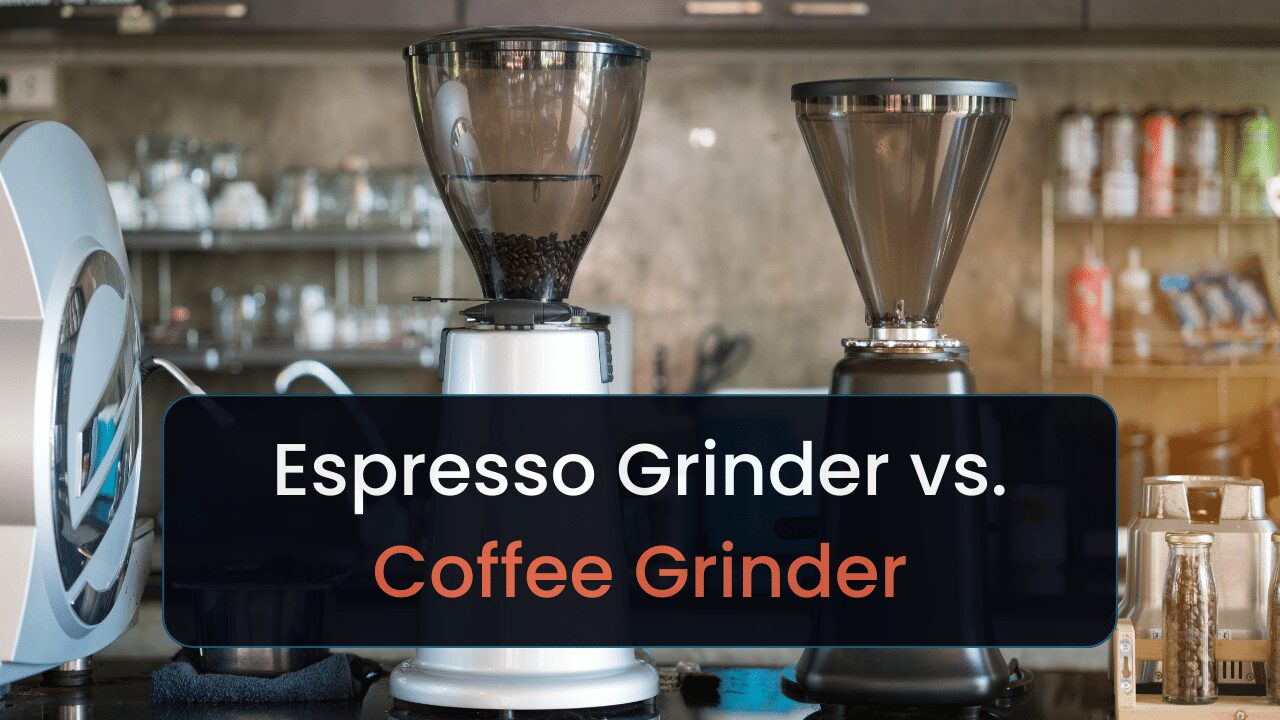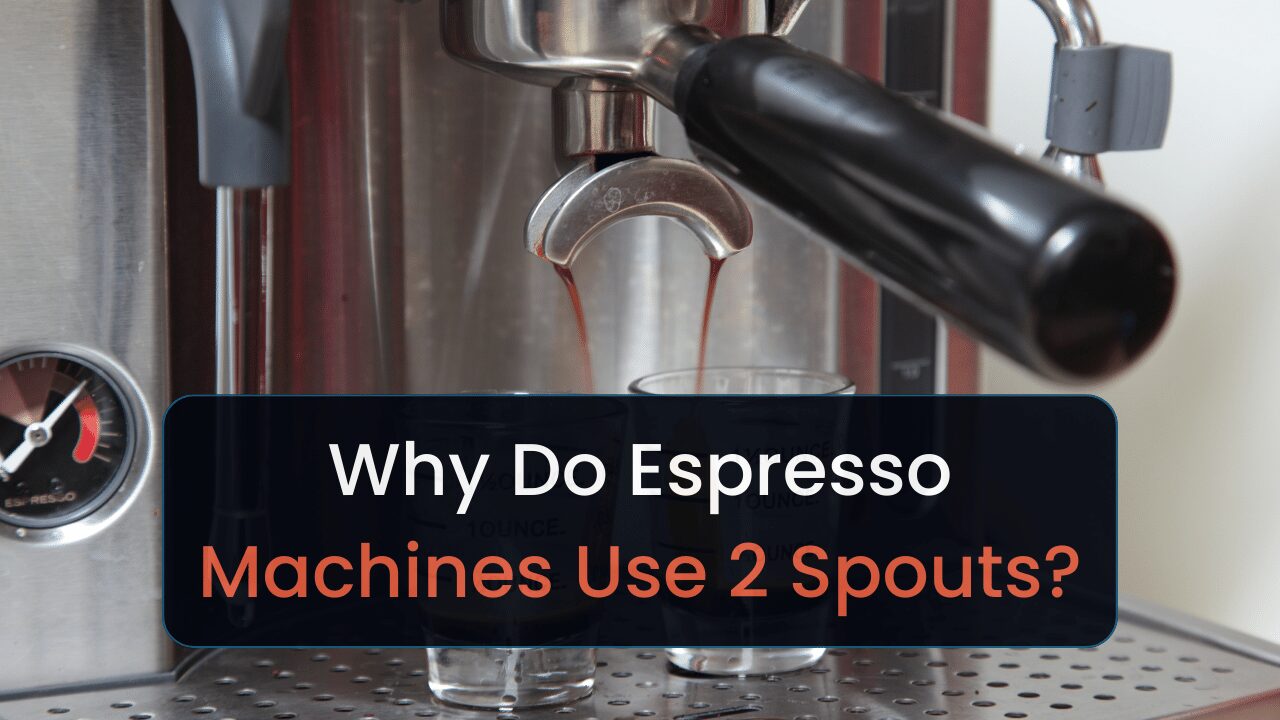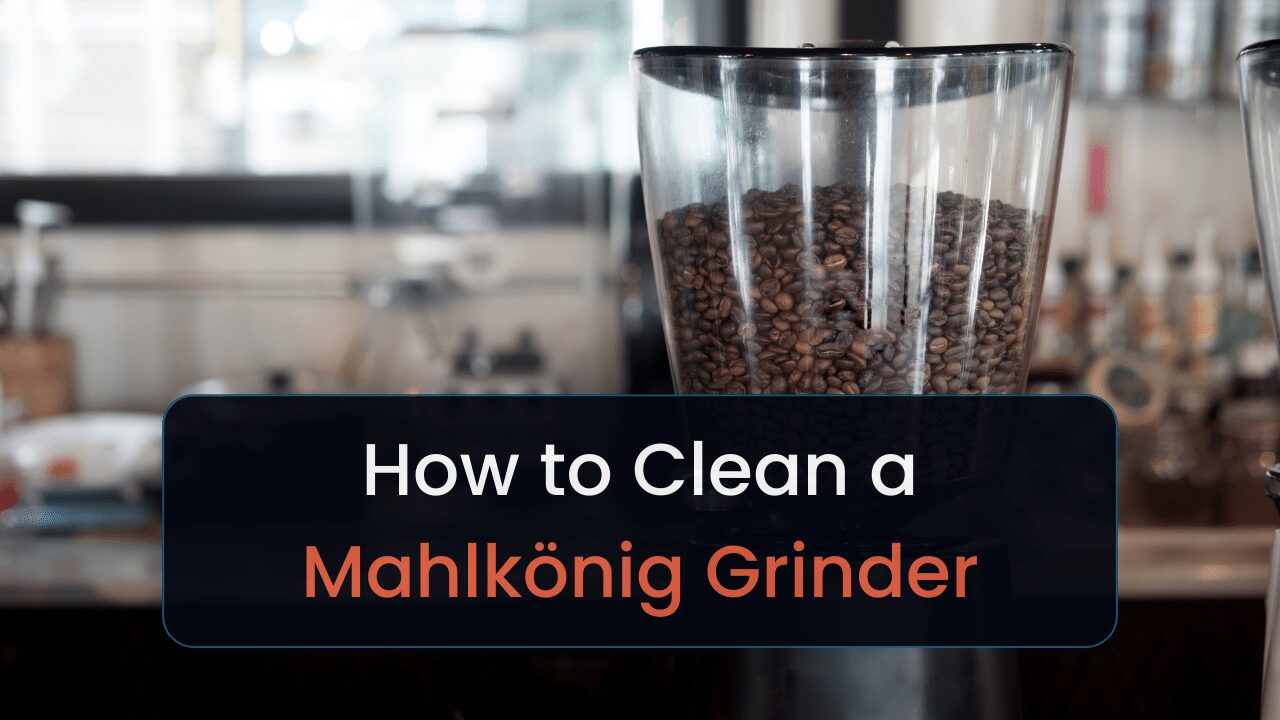The Niche Zero is a budget-friendly grinder that’s compatible with small kitchens. Meanwhile, the All Ground works better for producing the highest-quality grinds. Keep reading to find out more about each coffee grinder.
I’ve been searching for a great coffee grinder, and that led me to compare Fiorenzato’s All Ground to Niche’s Zero. This guide will pit the 2 against one another to see who wins.
I’ll first cover each machine’s specs. Afterward, I’ll compare them in various areas, such as grinding speed, volume, grind retention, price, and more. By the time you finish reading, you should know what device will fit your needs best.
Let’s begin.
Key Takeaways
- The Niche Zero will work better for smaller kitchens & RVs.
- The All Ground will produce much higher-quality grinds & should last longer.
- The Nich Zero costs much less than its competitor.
- The Zero is much quieter than the All Ground.
Comparison Table for All Ground & Niche Zero
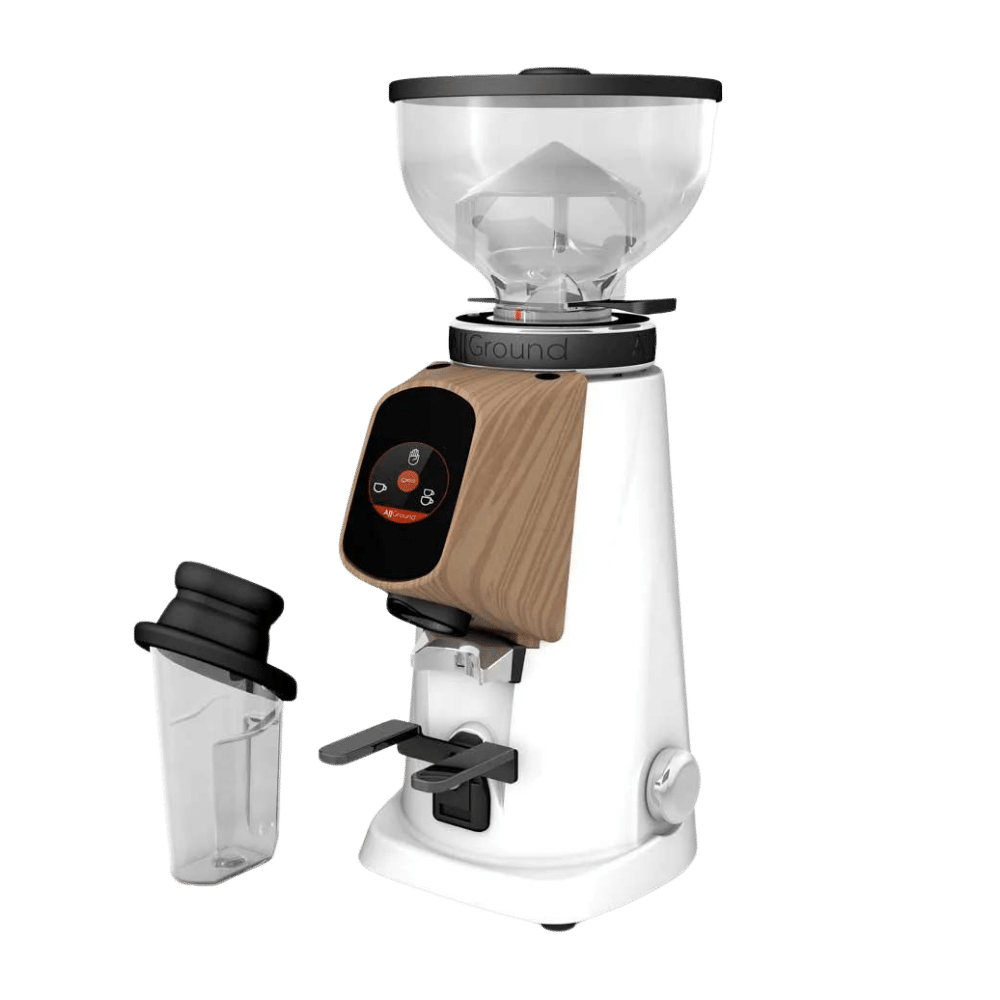
Fiorenzato All Ground
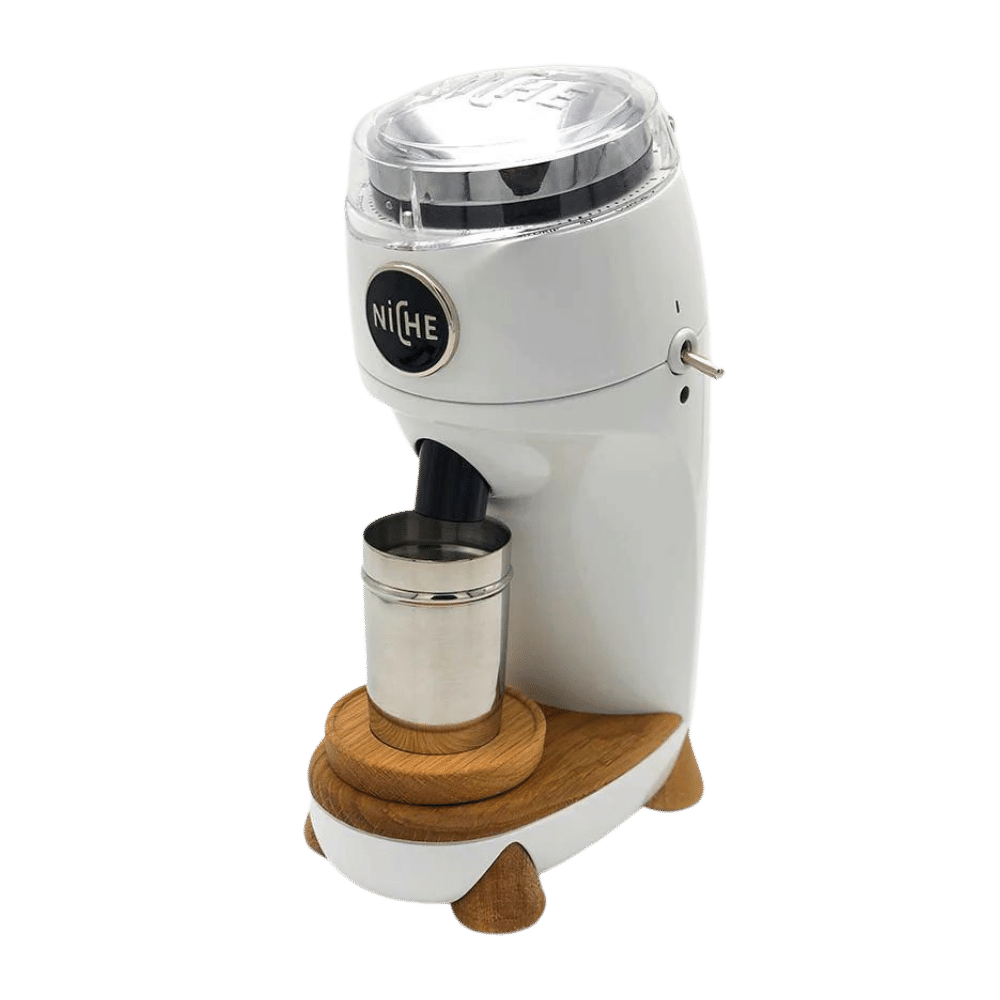
Niche Zero
| All Ground | Niche Zero | |
| Price * | $1,100 | $654 |
| Burr Type | Flat | Conical |
| Burr Material | Titanium | Steel |
| Hopper Capacity | 5 lbs – 2.27 Kg | 50 g |
| Watts | 250 watt | 170–180 watt |
| RPM for Burrs | 1.5 grams/sec | 1 gram/sec |
| Weight (D × W × H) | 20 lbs | 9 lbs |
| Dimensions | 6.6 × 9.4 × 17.4 in | 4.08 × 8.30 × 12.22 in |
* Average price.
Fiorenzato All Ground vs. Niche Zero
The All Ground costs much more than the Zero, but includes titanium-coated flat burrs. Resulting in more consistent grinds that don’t degrade in flavor when grinding [1]. However, these additional features and design choices come with a much higher price tag.
Making the Zero a better choice for anyone on a budget who wants to primarily grind for making espresso. It’s also better for folks with smaller kitchens due to its lightweight and short nature.
Here’s what I’ll cover throughout the following sections:
Covering all these points should help you determine which grinder is best for your home.
1. Pros & Cons of Each Device
Here are the advantages and disadvantages of each grinder.
Fiorenzato All Ground Pros & Cons
Pros:
- Perfect grind consistency.
- Titanium burrs last for years.
- Easy to clean.
Cons:
- Has a decent amount of grinds leftover.
- Dosing bin is annoying to deal with.
While the All Ground could have more than 2 grams of residual coffee grounds, it’s an easy grinder to clean. Remove the hopper and grind adjustment collar, then scrub clean. No tools required.
The vibrations from your machine could shake the dosing bin off the portafilter holder while running, which requires you to hold it. However, it’s not that bad of an annoyance when you have grinds that lead to the best coffee extraction possible.
That’s partially thanks to the titanium-coated burrs, which will last much longer than regular steel burrs.
Let’s see how the Niche Zero compares.
Niche Zero Pros & Cons
Pros:
- Quiet operation.
- Compact size.
- Huge modding scene.
Cons:
- Constant red light
- Expensive for what you get
Considering you’re getting a conical steel grinder, paying nearly $700 is quite steep. However, it’s cheaper than the All Ground and operates much quieter. Making it an excellent addition to households that brew early in the morning.
Many folks have made mods (additions) for the Niche Zero to improve its functionality. I’ve seen a couple, like the bellows mod and the flat burr one. All mods could improve your device’s functionality without paying an arm and a leg.
It also has a constant red light when running, which may prove annoying.
Otherwise, it’s compact and will fit in most small kitchens.
Does the Zero’s small size mean it’ll produce high-quality grinds?
2. Grind Quality
The All Ground does a much better job with grinding filtered and moka coffee than the Niche Zero because it has less fine grounds in the mix. Resulting in extracting more flavors from coffee beans while brewing.
Compare the espresso grounds that come out of both machines:
If you’re too lazy to watch the video:
The Niche Zero had more clumps in its grounds than the All Ground. And because of the clumping, you’ll need a WDT tool to break down the grouped-up grounds.
Otherwise, you risk espresso channeling. A phenomenon that happens when espresso pucks are uneven. Something that you’ll never see with Fiorenzato’s product.
Part of the reason the All Ground grinds beans well is due to the flat titanium-coated burrs. The “flat” part sandwiches beans between precisely aligned disks, which ensures uniformity with extraction.
Since conical burrs aren’t flat, they may lead to variations in grind size. However, they result in cheaper coffee grinders. As you see with the All Ground and the Niche Zero.
Then there’s the titanium coating. It outperforms steel ones because they reduce friction and heat, which would cause flavor degradation with regular steel burrs.
Something that grinds beans so well must come with a downside, right? It sure does.
Summary: The All Ground is a better all-in-one grinder. It also has more consistent, smooth grind quality compared to the Niche Zero.
3. Loudness
Niche claims that their grinder lets out 78 dB (decibels) of noise when working [2]. Making it a better option for folks who want to grind coffee in the early hours. Meanwhile, the All Ground has around 86 dB.
The former is quieter, partially due to having lower wattage. That means you’ll save money on power, but you likely won’t have as much performance as a higher-wattage motor.
The fact that the All Ground does a much better job with grind consistency partially proves this theory right. Though, the All Ground also has the flat titanium burrs, which helps with grind consistency.
Once you’re done grinding, you’ll need to know how much of a pain it’ll be to clean both machines. Let’s see.
Summary: The Niche Zero is much quieter than the All Ground and doesn’t draw as much power.
4. Grind Retention
The Niche Zero lives up to the “Zero” part of its name because of having zero retention. Since it uses a single-dosing system, it’s less likely that you’ll find stray grounds inside your grinder after grinding.
However, I have found some residual grounds afterward, but less than the All Ground. Fiorenzato’s device requires you to use a bellow to blow out all the residual grounds after each use.
I recommend using a bellow on the Niche Zero to develop a good habit, but it’s not mandatory.
Why does the All Ground retain more grounds, though it’s a more expensive machine?
Because the All Ground uses a hopper-style distribution system, it leaves more opportunities for coffee grounds to get stuck in your machine. And because of this result, you’ll need a tool like a bellow to blow all the grounds out.
Otherwise, you risk mixing stale beans with your fresh ones.
Summary: The Niche Zero has less grind retention because of its single-dose distribution method.
5. Price
The Fiorenzato All Ground costs nearly double the price of the Niche Zero. The former is $1,100 (new), and the latter is around $654.
Fiorenzato’s grinder has various factors that contribute to its higher price tag, though. The touchscreen UI, the titanium coated flat burrs, the more powerful motor. All features and design choices lead to a more consistent grind with better flavor and aroma retention.
Since the All Ground works well with coarse and fine grinds, you won’t need to buy separate coffee grinders for different brewing methods. The Niche Zero does well with espresso, but not coarse grinds.
Requiring you to get a separate grinder if you want to make cold brew, drip coffee, or whatever else.
A lower price isn’t the only area where the Niche Zero has an advantage.
Summary: The Niche Zero costs less than the All Ground, but doesn’t have as many features.
6. Size Differences
The Niche Zero will work much better in smaller kitchens or with low-hanging wall cabinets. The All Ground will work better on coffee carts, on top of tables, or on dishwashers.
Think about it this way.
Standard wall cabinets have 18 inches of space between the cabinet’s bottom and the countertop [3]. The All Ground is 17.4 inches without opening the hopper lid. Whereas, the Zero is 12.22 inches without opening its lid.
If you don’t want to move the coffee grinder when refilling, then you’ll want at least several inches of vertical clearance above your machine. In this scenario, the All Ground wouldn’t allow that, but the Zero would.
And if you did have to move the Zero, its weight is half of its competitor’s. Making it much more maneuverable.
Niche’s grinder is a bit slimmer than the All Ground. It won’t make a difference on whether you could wedge it between other appliances.
Speaking of. How will each of these devices blend in with your kitchen’s aesthetic?
Summary: Niche Zero will fit better under wall cabinets than the All Ground. It’s also much easier to move because it weighs much less.
7. Aesthetics
The All Ground mixes traditional and modern aesthetics while coming in various finishes. Making it suitable for most kitchens. Meanwhile, the Niche Zero has a modern appearance and only comes in black and white.
If the Zero didn’t have the wooden feet and cup holder, I would think that it looks like a knockoff coffee grinder due to the way it looks. However, you may find this aesthetic appealing.
Which machine would I recommend based on all the criteria I’ve covered?
Summary: The All Ground has more color finish choices than the Niche Zero.
Is the Niche Zero or Fiorenzato All Ground Better?
The Niche Zero is a better grinder for anyone who cycles through different types of beans throughout each day. For instance, if you want a dark roast in the morning and a light roast in the afternoon.
That’s because the single-dosing aspect of this grinder makes switching between beans much easier due to having nearly zero retention.
It’s not the best all-in-one grinder, though.
The All Ground lives up to its name and will grind for espresso, Turkish coffee, filter coffee, moka, and other brewing methods. Meanwhile, it smoothly switches between these methods without mixing fine grinds with coarse ones. Or vice versa.
It also has a better grind consistency, which is important for espresso. As from my experience, I didn’t need to use a WDT tool to rake and break up clumps in my portafilter when using the All Ground. Since all the grounds were smooth.
If money is the issue:
The Niche Zero is a no-brainer, since it’s nearly half the price of Fiorenzato’s device. If you’re desperate for a high-quality grind and don’t use more than 1 type of beans, try finding a refurbished All Ground.
I’ve seen them for $890 on some sites—excluding tax and shipping.
Summary: Get the Niche Zero if you use more than one type of coffee bean. Get the All Ground if you usually use one type of bean and want the highest-quality grind.
Conclusion
The Niche Zero works better for those on a budget, who use multiple coffee bean types daily, or who want a compact and moddable device. The All Grounds doesn’t require extra effort or additions to make it better. It’s perfect for grinding 1 type of bean regularly without clumps.
Don’t like either grinder? Keep shopping around with our other grinder guides.

